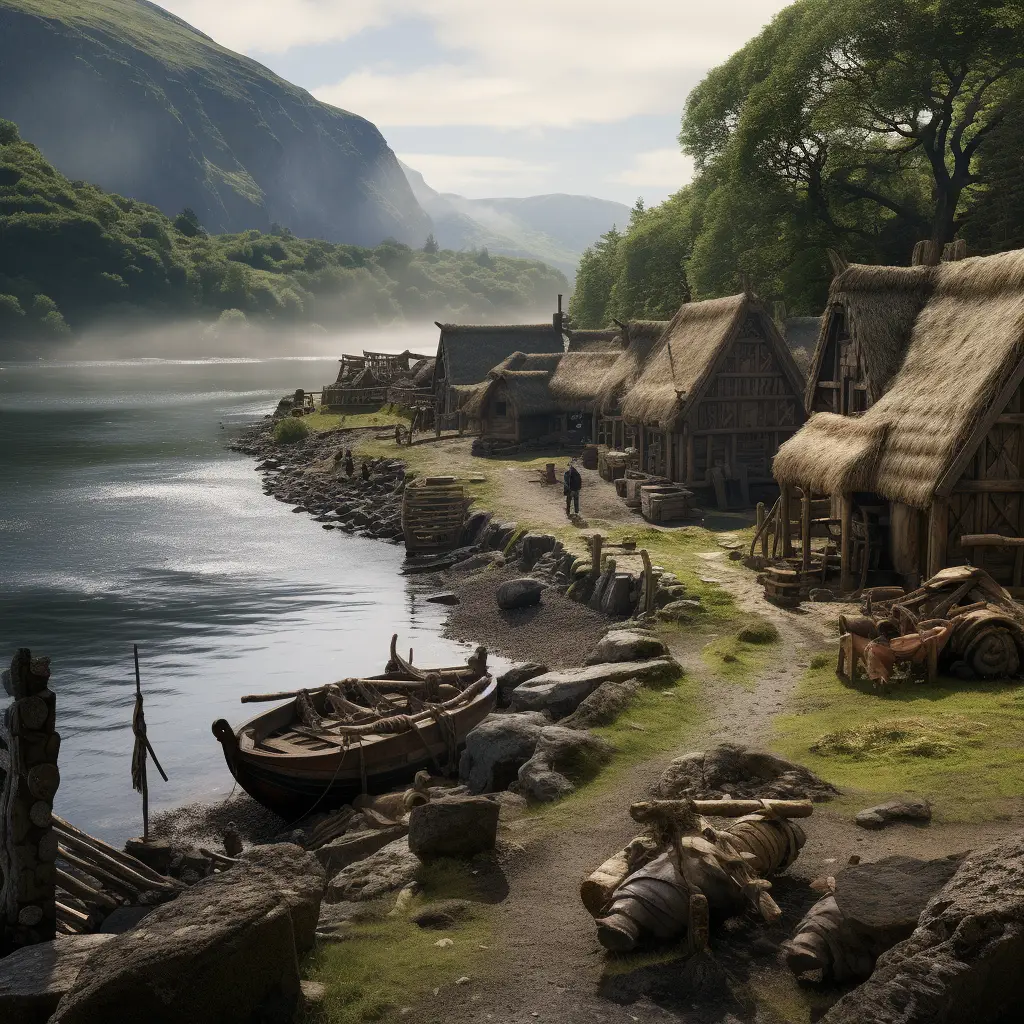The Vikings, who lived during the late eighth to early 11th century, had a society that was organized in a hierarchical manner.
At the top were the kings, who ruled over various territories. Below them were Jarls, who were regional chiefs or nobles, managing smaller regions within the kingdom. The Vikings were organized into clans or tribes, and each clan had its own leader.
The bulk of the population comprised free farmers, craftsmen, and traders. They were considered the backbone of Viking society and played essential roles in agriculture, commerce, and craftsmanship. Farmers, in particular, were highly respected for their contribution to the community.
On the lower rungs of the social ladder were thralls, who were slaves captured during raids or through other means. Thralls had the least freedom and were often used for labour-intensive tasks.
Viking society also valued skilled artisans, including blacksmiths, carpenters, and shipbuilders. Women had distinct roles too, managing households, weaving, and in some cases, even participating in trade and combat.
The importance of seafaring and exploration was a significant factor in Viking society. The ability to navigate the seas and rivers allowed them to engage in trade, raid neighbouring regions, and establish new settlements.
Overall, Viking society had a layered social structure with a clear hierarchy, but it was also dynamic, allowing for mobility and change based on individual achievements or circumstances.
